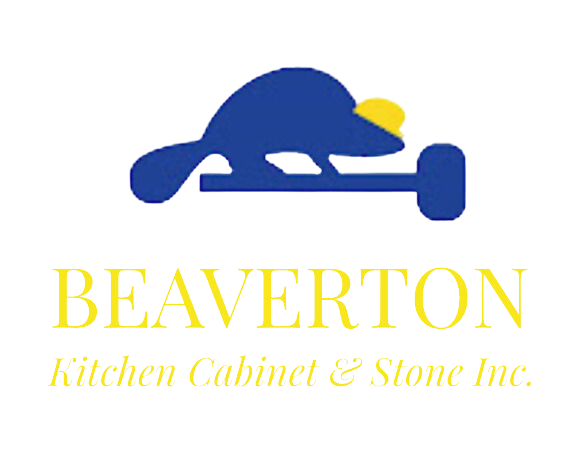Protecting Your Solid Wood and Plywood Box Cabinets
As a homeowner, your kitchen cabinets are a significant investment that deserve proper care and maintenance to ensure they stand the test of time. If you're the proud owner of solid wood or plywood box cabinets with maple wood faces, you're in luck - these high-quality materials are inherently more durable than their particle board counterparts. However, that doesn't mean they are immune to wear and tear. In this article, we'll explore the best practices to protect your cabinets and maximize their longevity.
The Benefits of Solid Wood and Plywood Cabinets
Solid wood and plywood cabinets offer several advantages over particle board alternatives. Firstly, they are more resistant to dents, scratches, and other types of physical damage. The dense, sturdy construction of these materials ensures your cabinets can withstand the daily use and occasional bumps and scrapes that are inevitable in a busy kitchen.
Additionally, solid wood and plywood are less susceptible to swelling, warping, or delamination when exposed to moisture, making them a more reliable choice for areas with high humidity, such as kitchens. This increased durability translates to a longer lifespan for your cabinets, providing you with a worthwhile return on your investment.
Protecting Your Cabinets: Best Practices
While solid wood and plywood cabinets are inherently more resilient than their particle board counterparts, they still require proper care and maintenance to preserve their pristine condition. Here are some best practices to keep your cabinets looking their best:
Cleaning and Maintenance: Regularly wipe down your cabinet doors and drawers with a soft, damp cloth to remove any dirt, grease, or spills. Avoid using harsh chemicals or abrasive cleaners, as these can damage the finish and underlying wood. Instead, opt for mild, pH-neutral cleaners specifically formulated for wood surfaces.
Moisture Control: Kitchens can be susceptible to high humidity levels, which can cause wood and plywood to swell or warp over time. To mitigate this, ensure your kitchen is well-ventilated, and consider using a dehumidifier if necessary. Avoid letting water or steam directly contact the cabinet surfaces.
Avoiding Scratches and Dents: Be mindful of how you interact with your cabinets. Encourage family members to open and close doors and drawers gently, and avoid placing heavy objects or dropping items on the cabinet surfaces. If scratches or dents do occur, address them promptly using wood filler or touch-up markers to prevent further damage.
Hinge and Hardware Maintenance: Regularly check the hinges, pulls, and other hardware on your cabinets to ensure they are functioning properly. Tighten any loose screws and consider applying a small amount of lubricant to keep the moving parts operating smoothly.
Refinishing and Resurfacing: Over time, the finish on your cabinets may begin to show signs of wear, such as fading or minor scratches. When this happens, consider having them professionally refinished or resurfaced to restore their original luster and protection.
By following these best practices, you can help ensure your solid wood and plywood box cabinets with maple wood faces remain in excellent condition for years to come, providing you with a beautiful and durable kitchen that will stand the test of time.

